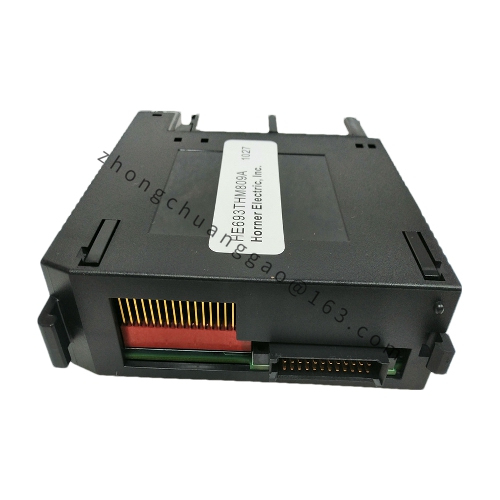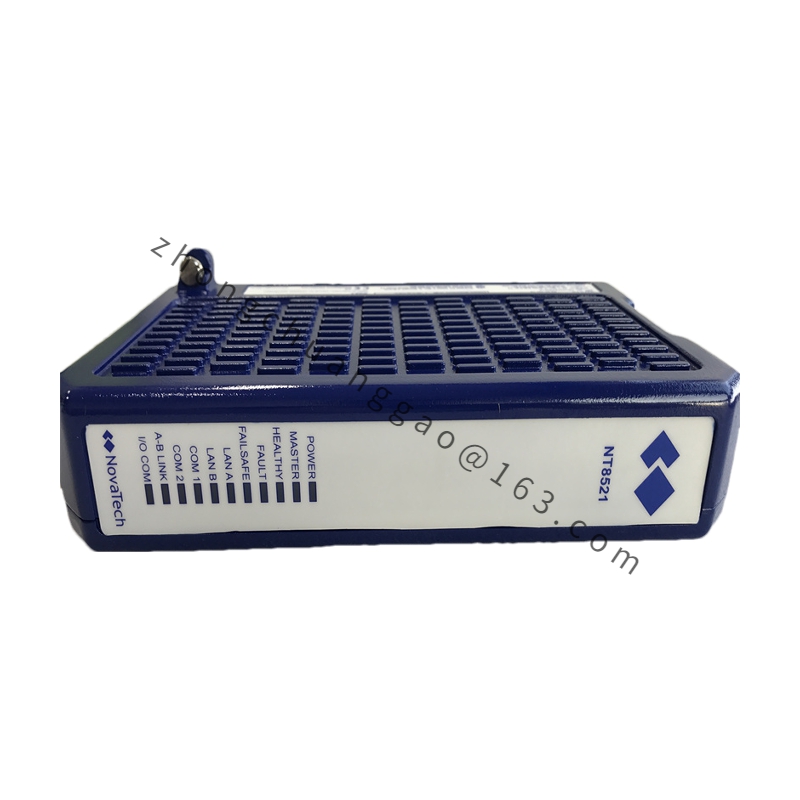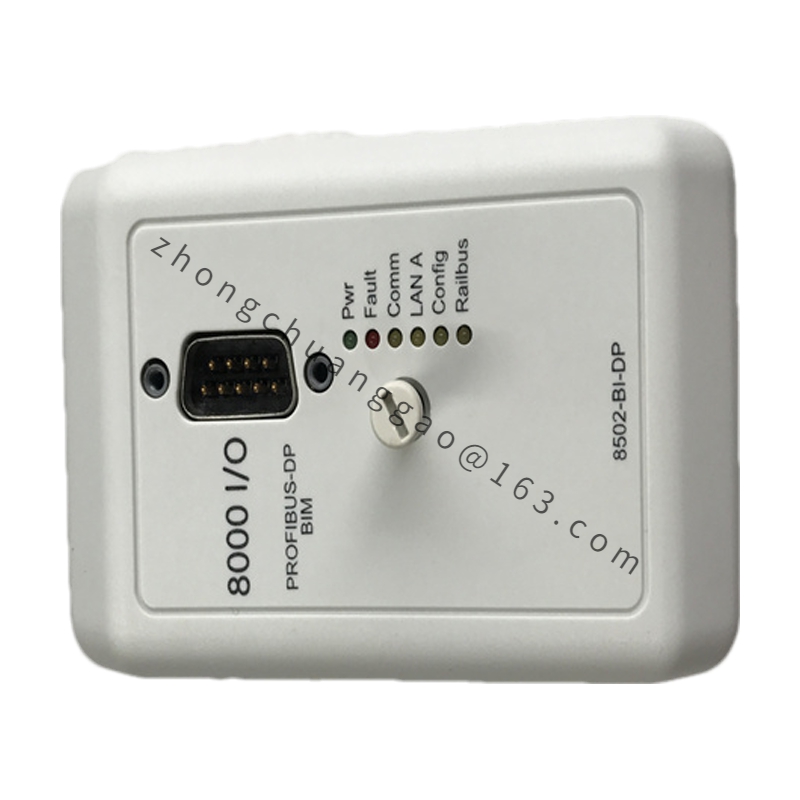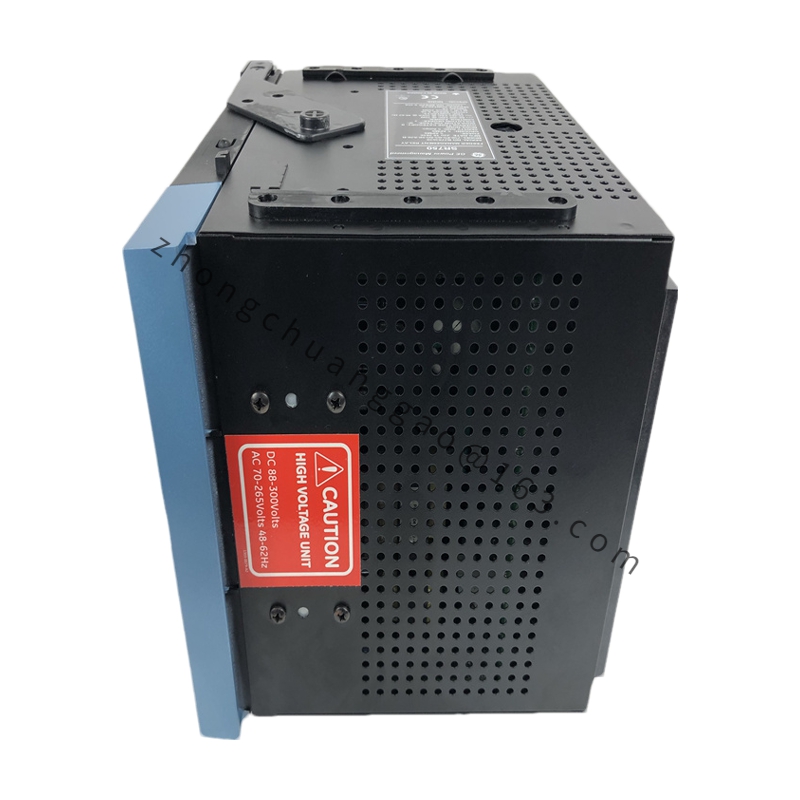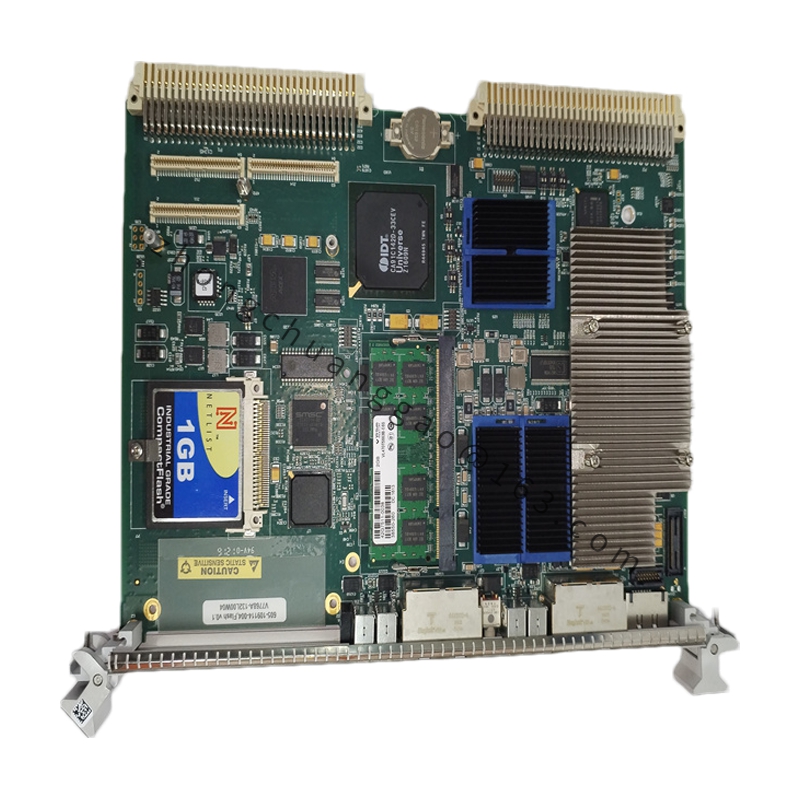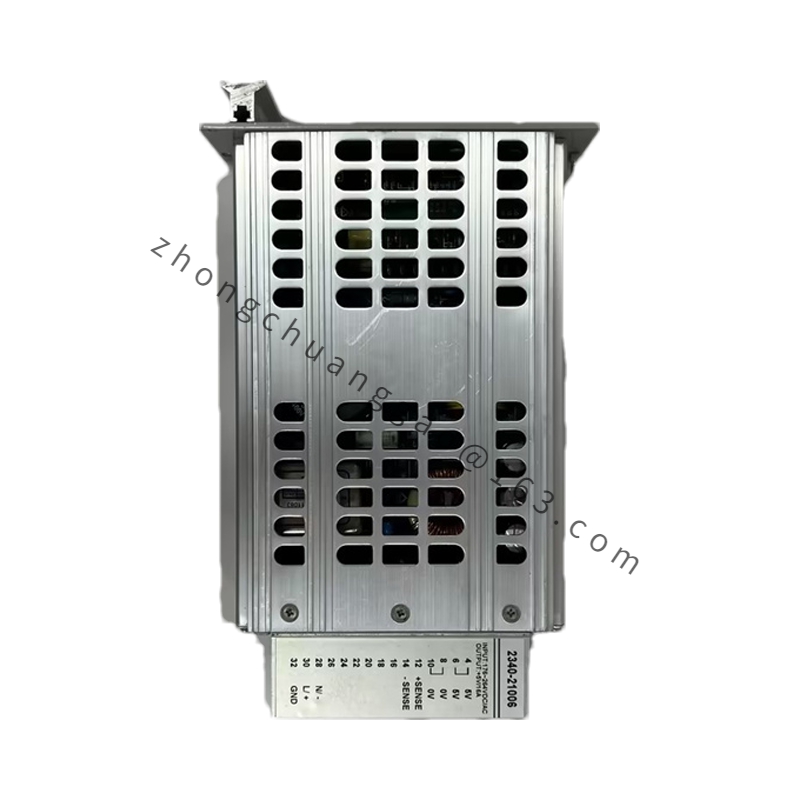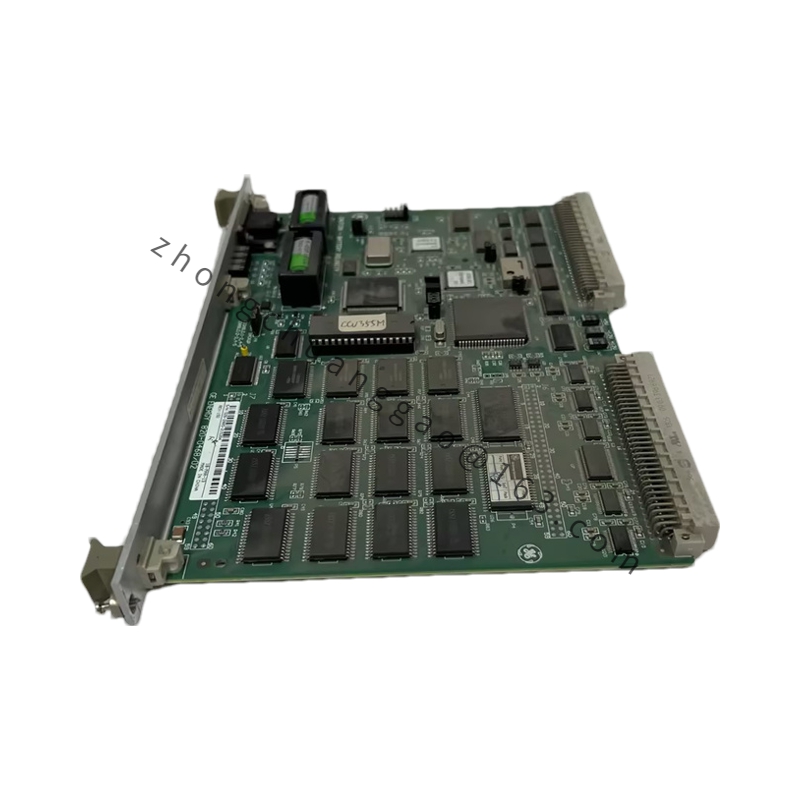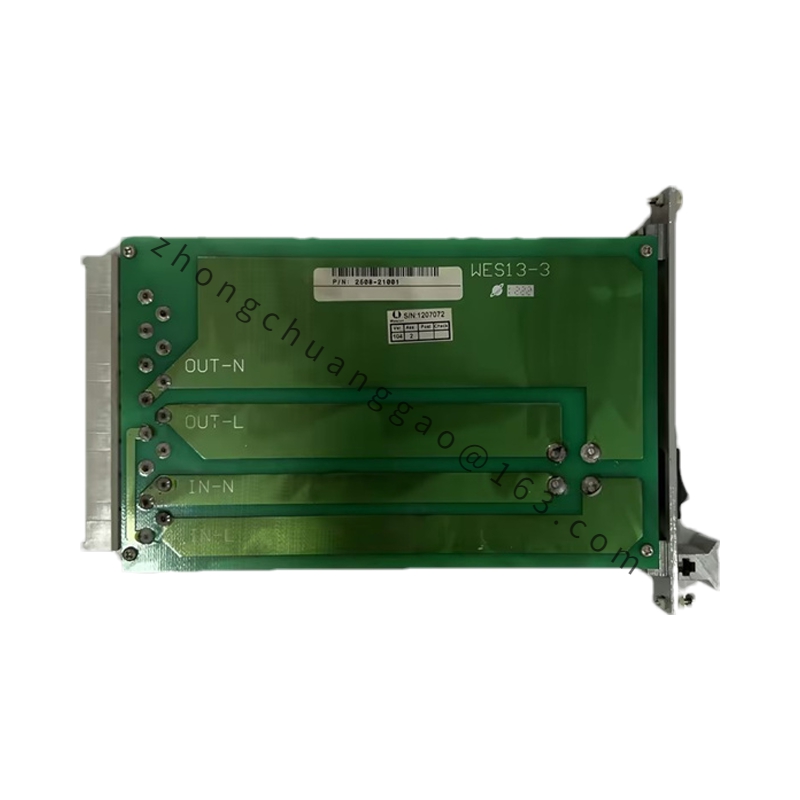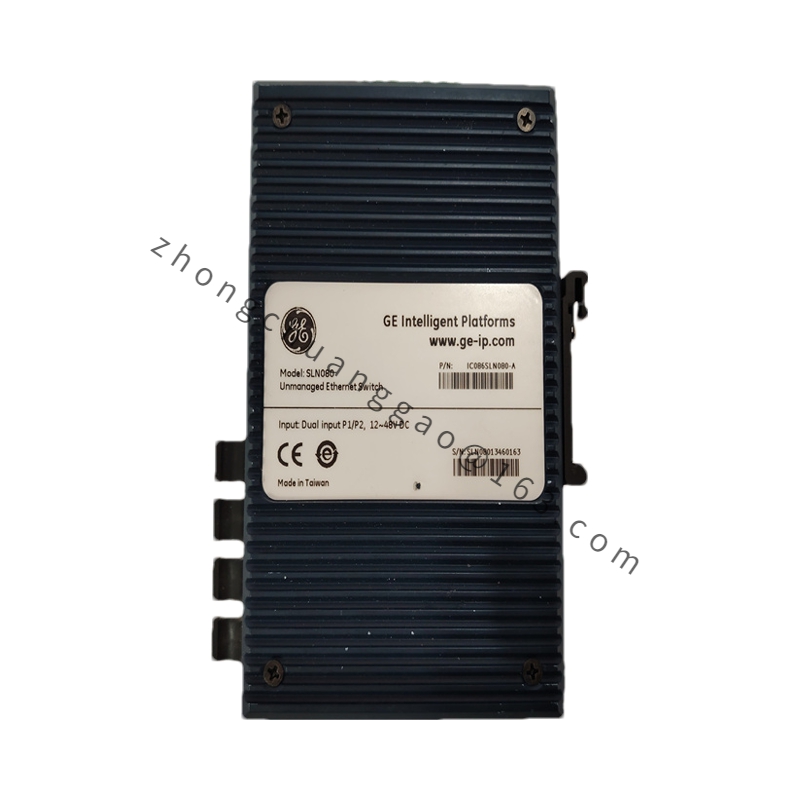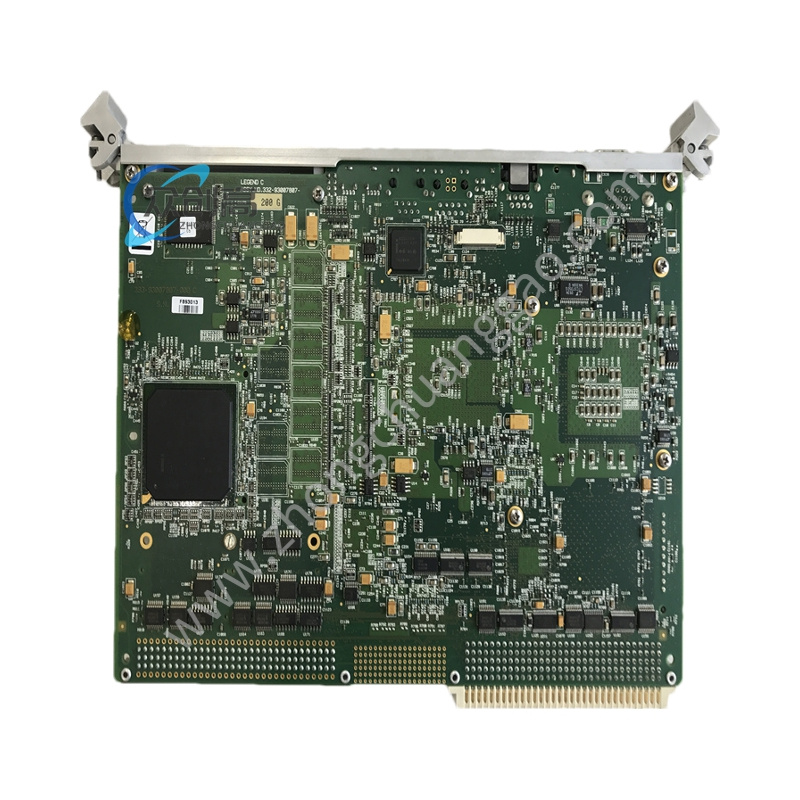Detailed content
Technical Specifications
Temperature Input Channels: 8
Temperature Input Types: Configurable for various thermocouple types such as Pt100, Pt1000, J, K, T, E, N, R, S, B, and supports 0-10V or ±10V DC voltage input.
Resolution: 16-bit
Accuracy: ±0.1%FS
Conversion Time: < 2 ms
Common Mode Rejection Ratio (CMRR): > 60 dB
Noise Immunity: > 10 V RMS
Operating Temperature Range: -40°C to 70°C
Power Supply Voltage: 24 VDC
Dimensions: 90 mm x 30 mm x 25 mm
Weight: 100 grams
Housing Material: Aluminum Alloy
Connection Method: Terminal Block
Functional Characteristics
High Accuracy: With 16-bit resolution and ±0.1%FS accuracy, it ensures precise temperature measurements.
Multi-Channel Capability: Provides 8 independent temperature input channels, allowing simultaneous measurement of multiple temperature points.
Flexibility: Configurable for a wide range of thermocouple types and voltage ranges, catering to diverse industrial needs.
Reliability: Manufactured with high-quality components and subjected to rigorous testing, ensuring long-term reliable operation.
Ease of Use: Comes with clear wiring diagrams and programming guides, simplifying installation and usage.
Application Scenarios
GE HE693THM809C is well-suited for various industrial applications requiring high-precision, multi-channel analog temperature measurements, including but not limited to:
Process Control: In industries such as petrochemicals, pharmaceuticals, and food processing, where precise temperature control is crucial.
Equipment Control: For monitoring and controlling the temperature of industrial equipment to ensure optimal performance and safety.
Manufacturing: In sectors like automotive, paper, and textile, where precise temperature management is essential for quality assurance.
Environmental Monitoring: For temperature monitoring in warehouses, cold storage facilities, and other environments.
Additional Information
This module is part of the Series 90-30 PLC line from GE, known for its robust features, compact size, and reliable performance. Its ability to convert analog temperature signals into digital signals makes it an integral part of modern industrial automation systems.


